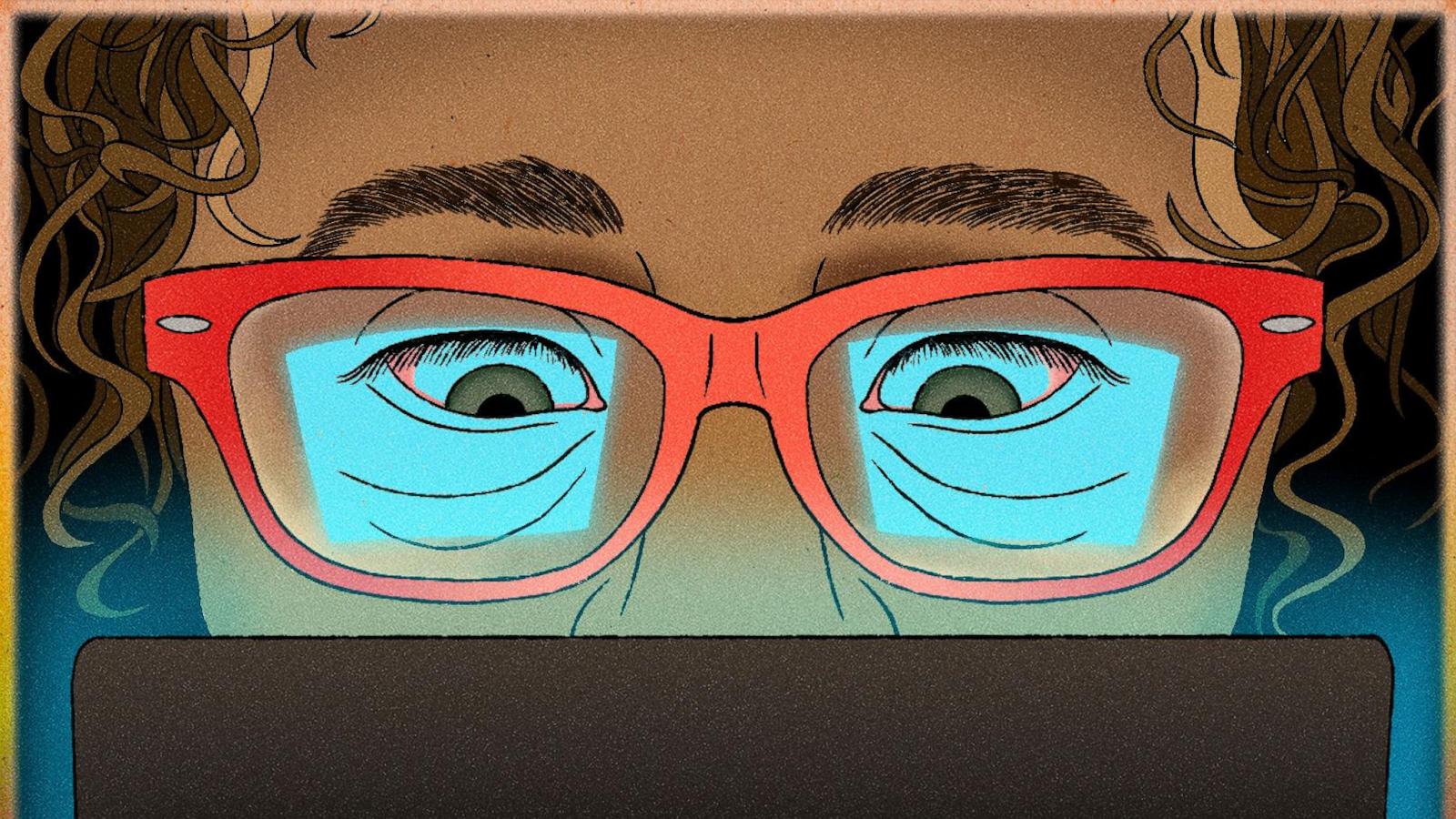Are your eyes feeling strained from hours of staring at screens? You're not alone! Millions suffer from digital eye strain, impacting productivity, family time, and even sleep. But fear not, because we've got the answers to combat this modern-day affliction and reclaim your clear vision! In this comprehensive guide, we'll unveil the science behind digital eye strain, share expert tips to alleviate those nagging symptoms, and explore the best strategies to protect your precious eyesight for years to come. Prepare to say goodbye to blurry vision and hello to sharper, healthier eyes!
The Shocking Truth About Digital Eye Strain
We live in a digital age, glued to our screens from the moment we wake until we hit the pillow. Smartphones, tablets, laptops, and desktops dominate our lives, demanding our attention for hours on end. But this constant screen time comes at a price—digital eye strain. This condition, characterized by blurry vision, headaches, dry eyes, and even neck pain, is surprisingly common, with studies indicating a significant percentage of the population experiencing its debilitating effects. The culprit? Our eyes' constant focus on close-up images, which forces the focusing muscles to work overtime. This unnatural strain triggers a cascade of uncomfortable symptoms, significantly impacting our overall well-being. The constant blue light emission from our devices adds insult to injury, exacerbating these symptoms.
Understanding the Mechanics of Digital Eye Strain
So, what exactly is happening inside our eyes when we're glued to our screens? When our eyes constantly focus on objects up close, the tiny muscles responsible for adjusting our eye's focus are essentially holding a light weight above their heads for extended periods—an unnatural position. Eventually, these muscles tire, causing a range of symptoms. This includes blurry vision as the eye struggles to adjust to the prolonged near-focus, eye fatigue and aching eyes, leading to throbbing headaches and even dizziness for some unfortunate individuals. Less blinking while looking at screens intensifies these problems by reducing eye lubrication.
Reclaiming Your Crystal-Clear Vision: Simple Solutions for Digital Eye Strain
Thankfully, digital eye strain is largely preventable, and in many cases, easily treated. You can avoid long-term eye problems by adopting several practical steps that seamlessly incorporate into your routine. Let's dive into simple but effective methods to counteract this widespread ailment:
The 20-20-20 Rule: Your Eye's Best Friend
Experts unanimously recommend the 20-20-20 rule, which offers significant relief to weary eyes. Every 20 minutes, simply look away from your screen and focus your gaze on an object roughly 20 feet away for 20 seconds. This allows your eye muscles to relax and relieves stress. Adding two extra “2”s to the end with encouragement to go outside for two hours each day enhances eye health in children and improves the development of eyesight, even if the exact correlation isn't proven.
Blink More: Simple Action, Significant Relief
We often unconsciously reduce our blink rate while focusing on screens. This reduced frequency causes dry, itchy eyes. Making a conscious effort to blink more regularly helps. You should aim to blink at least every few seconds. Artificial tears and lubricating drops, used liberally can restore the eyes' natural moisture and maintain eye health and comfort.
Ergonomic Setup for Your Workspace
Many cases of digital eye strain can be avoided by optimizing your workspace ergonomics. Position your screen an arm’s length away and ensure your gaze slightly downwards towards it. This simple adjustment significantly reduces the strain on your eye muscles. A large monitor also significantly aids this goal.
Beyond the Basics: Advanced Strategies for Enhanced Eye Health
While simple tweaks are extremely beneficial, there are other more involved and slightly more intensive changes one can introduce into their routine. These changes can contribute towards improved digital eye health, promoting better eye function, less pain, less eye fatigue, less eye strain, and overall improving the quality of vision. This involves:
Embrace Regular Eye Exams and Consultations
If your eye strain persists despite the simple strategies described above, scheduling an eye exam is essential. An eye care professional can identify any underlying eye conditions that contribute to or worsen your symptoms. It is important to address these conditions swiftly to prevent the situation from worsening.
Reduce Screen Time and Protect Your Sleep Schedule
While this may be easier said than done in this digital age, aim to reduce unnecessary screen time, especially before bedtime. The blue light emitted by devices can interfere with sleep patterns. Prioritizing sleep reduces eye fatigue.
Don't rely on Blue Light Glasses:
Many products, such as blue light glasses, are marketed to reduce eye strain and improve sleep. Yet, several studies indicate that the glasses are ineffective in most cases, with their effect often overestimated. It is far better to take precautions involving the time spent staring at screens.
Take Away Points
Digital eye strain is a modern affliction, but by taking simple steps, such as the 20-20-20 rule and employing smart screen use habits, we can effectively reduce symptoms and improve our eye health. If problems persist despite the simplest changes, consult an ophthalmologist. Remember that maintaining proper eye health involves both careful use of electronic screens and regular medical checkups.









